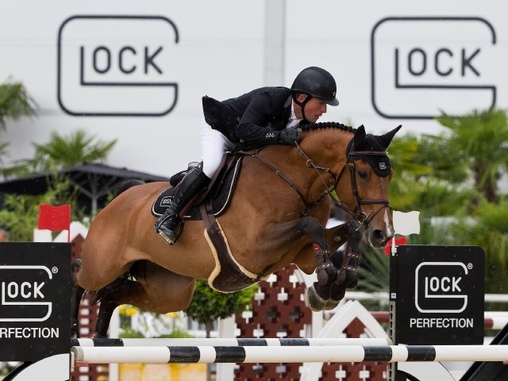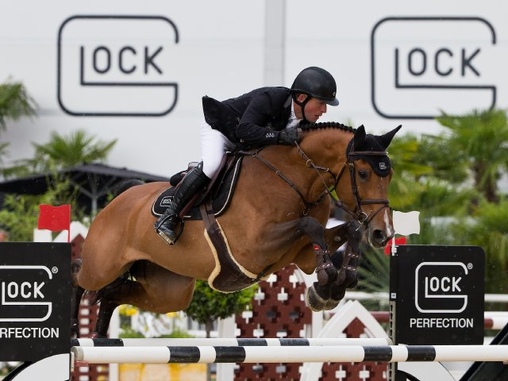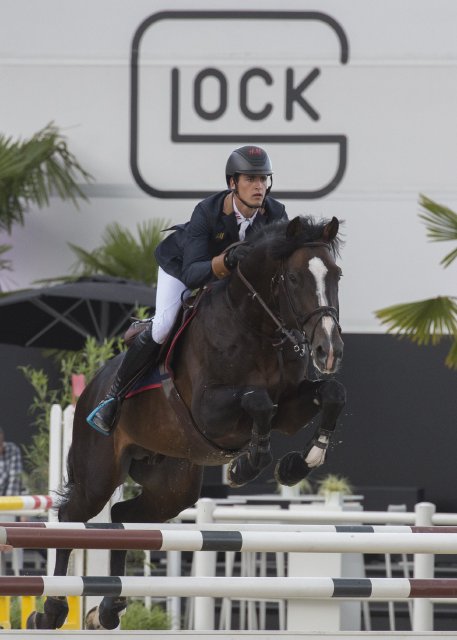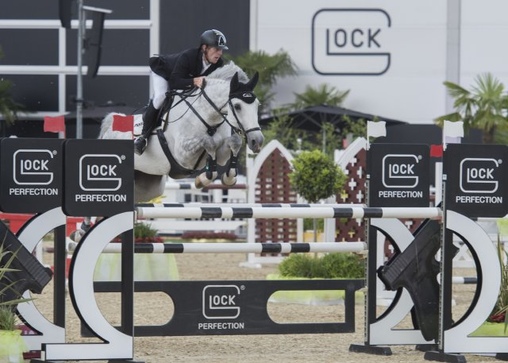 Thursday, 08 June 2017 CSI5* CSI2* CSIAm-A CSIYH1* GHPC
Thursday, 08 June 2017 CSI5* CSI2* CSIAm-A CSIYH1* GHPCFrom raw diamonds to championship winners – how horses become superstars
They’re celebrated like world-famous rock stars, have huge fan clubs and it’s not rare for them to be just as well known as their riders: the best competition horses in the world. Once a success in the pinnacle of equestrian sport, never forgotten. But how does “one among many” become tomorrow’s Olympic winner? What distinguishes the real champions and which aspects of training are decisive? Let’s reveal one of the secrets up front: there’s power in tranquillity.
Sought – found?
Recognising a potential champion as early as possible is indeed an art that not everyone can master. Because even in visually non-descript young horses, true superstars may be hidden away. Those who allow themselves to be dazzled exclusively by an imposing style of jumping or exceptional pedigree can miss that opportunity to find their own, personal star horse of the future. Because good anatomy coupled with great paperwork doesn’t automatically result in a winning horse. Finding and fostering strengths – that’s the secret.
Practice makes perfect
Training young horses demands a lot of sensitivity, patience and time. Because only those who prepare their four-legged partners for future tasks over the long term and with the necessary vision will enjoy success. One must find the right balance between placing demands and giving support, alongside the right training plan with the “right” mix tailored precisely to the horse. Focussed lessons in the dressage arena, rides in the countryside with plenty of variety and exercises over the jumps that give the horse self-confidence and motivate it to work and learn; these are essential. Because without the right level of rideability or that indispensable throughness, even the most talented youngster won’t enjoy the sport for long.
If the foundations are laid, then plenty of mutual trust will allow mastery of the first few competitive courses, avoiding ambitions of quick wins or excessively challenging rounds. Give the horse security and let riding out into a tournament become a matter of course, without hemming in that youthful joy of life – these are the aspects a good rider should cherish. Because the more positive experience a horse gains on youngster tours, the easier the transition into the “big league” will be. Albeit, steadily raising the degree of difficulty without exceeding the performance limit does demand a high degree of sure instinct. That way, young talents can grow into their tasks and achieve their full potential.
If the rider has done everything right during training, maintained a focus on the horse enjoying the sport as well as health management through correct feeding, farrier attention, massages etc. and attentive carers, then s/he can count on many years of reliable partnership in the sport. If the necessary talent over the course is complemented by characteristics like ambition, the will to win, steady nerves and a strong personality, then a horse is well on course to become a real champion.
INFOBOX
What: International Show Jumping
When: June 15th – 18th 2017
Where: GLOCK HORSE PERFORMANCE CENTER Austria
VIP day tickets: for requests please call +43 664 8873 4401
Free entry to all competition events
www.ghpc.at

GLOCK Rider Gerco Schröder (NED) is a real specialist in training young horses, having trained, amongst others, GLOCK’s Debalia from a successful youngster to an international top-class horse. © Michael Rzepa

A prime example of solid training of a young horse is Chilli Willi, nurtured by Nicola Philippaerts (BEL) via youngster tours into top class competition. © Nini Schäbel

Marcus Ehning’s (GER) Calanda was also successful at GHPC Austria in the Youngster Tour. Now she competes on the most challenging courses in the world. © Nini Schäbel
